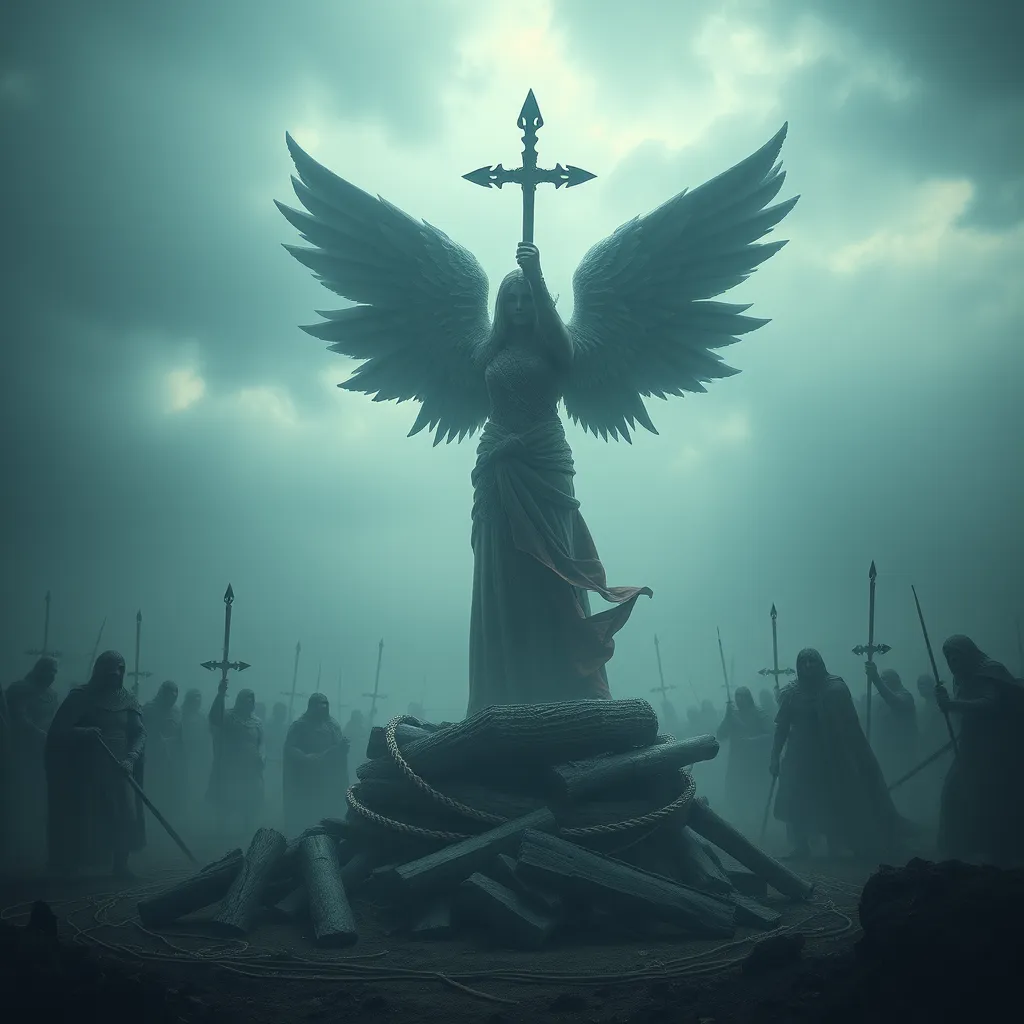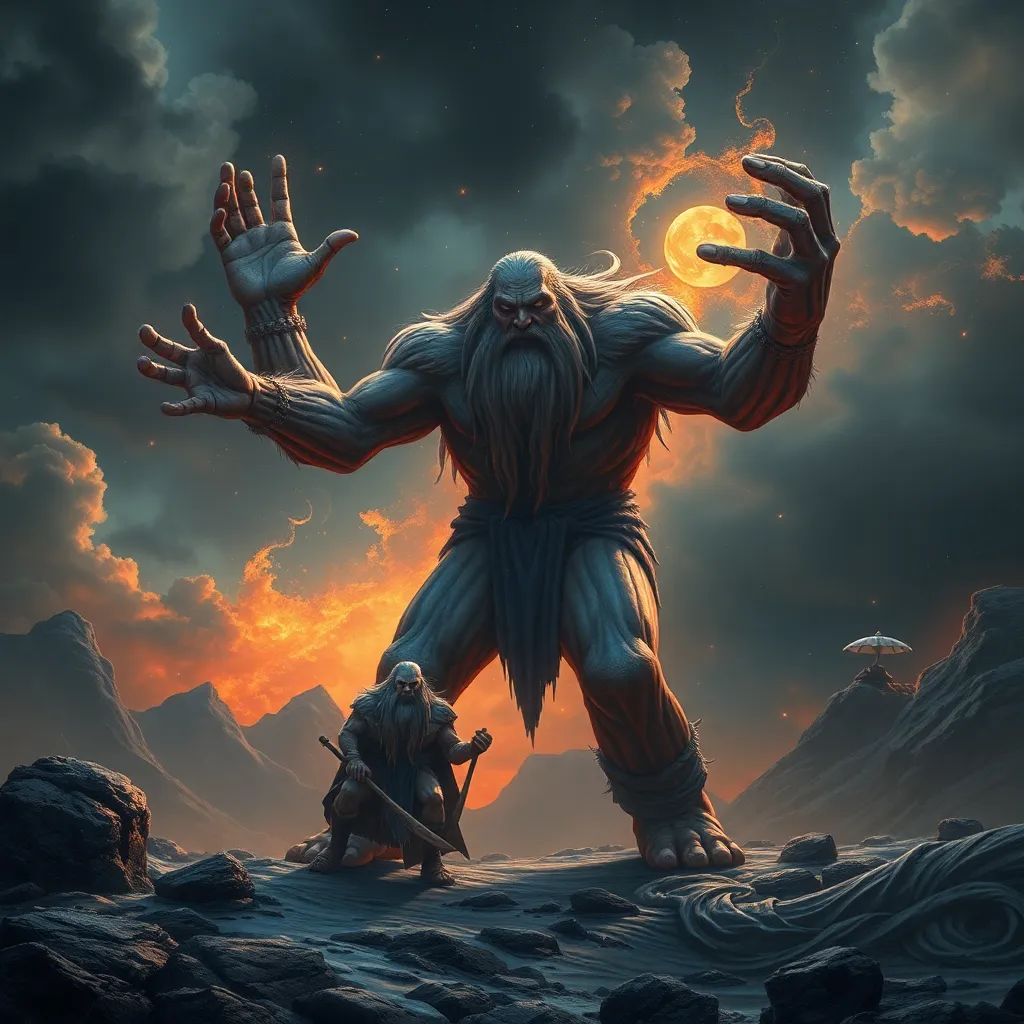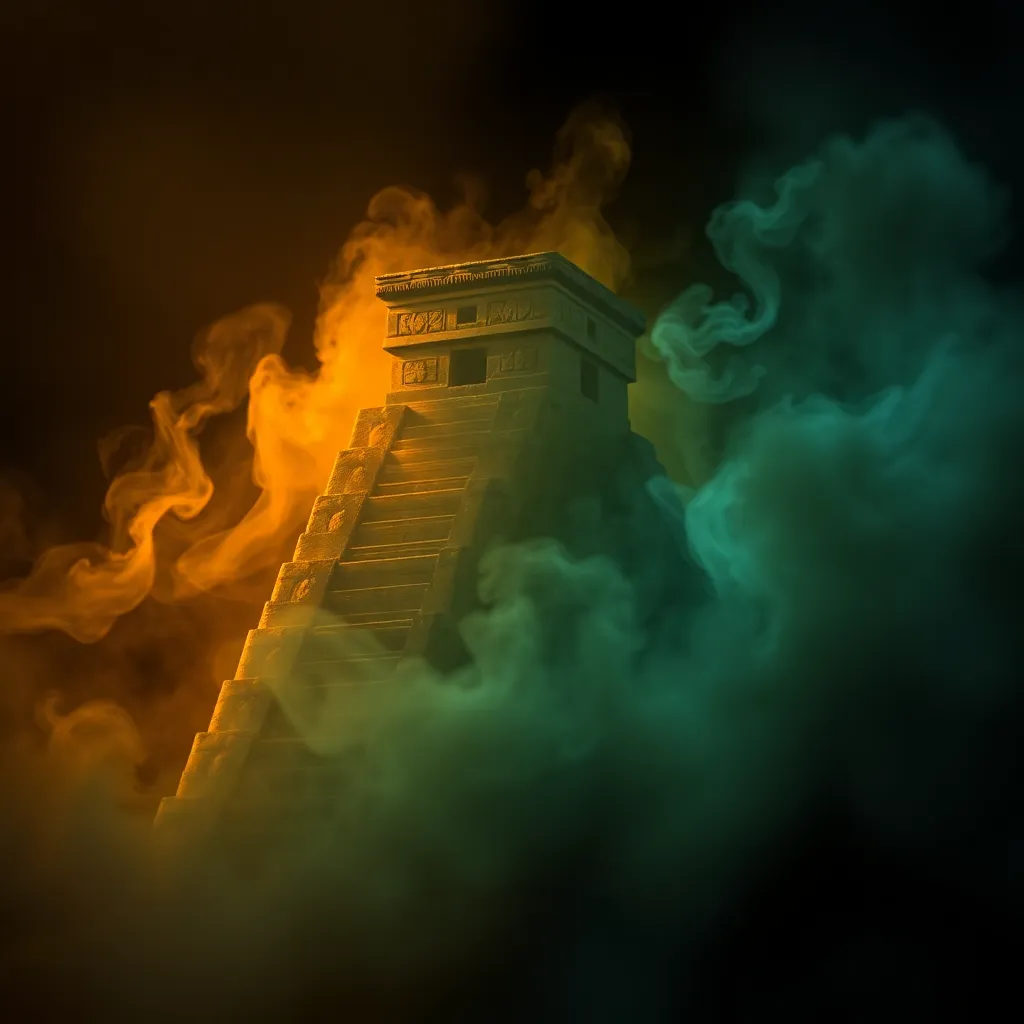Guardians of the North: The Griffin in Hesiod’s Theogony and Beyond
I. Introduction
The Griffin, a mythical creature with the body of a lion and the head and wings of an eagle, has captivated the imaginations of cultures throughout history. This majestic beast symbolizes the fusion of strength and wisdom, embodying the best traits of both the animal kingdom. In ancient mythology, the Griffin held significant importance, often regarded as a guardian of treasures and a protector of the divine. This article aims to explore the Griffin’s role in Hesiod’s Theogony and examine its cultural implications across various societies.
II. Hesiod’s Theogony: A Brief Overview
Hesiod’s Theogony serves as one of the foundational texts of Greek mythology, detailing the origins and genealogies of the gods. Composed in the 8th century BCE, it outlines the creation of the world, the rise of the Olympian gods, and the conflicts that shaped the cosmos. The text is rich with themes of power, chaos, and order, reflecting the ancient Greeks’ understanding of their world and its divine inhabitants.
Within this narrative, the Griffin emerges as a notable figure, symbolizing the connection between the earthly and the divine. Its introduction in the Theogony highlights its significance in the broader mythological framework, where it embodies the dual nature of existence—both physical and spiritual.
III. The Symbolism of the Griffin
The Griffin’s physical attributes contribute to its rich symbolism. Its lion body represents strength, courage, and leadership, while its eagle head and wings symbolize wisdom, vision, and the ability to transcend earthly limitations. Together, these traits create a creature that is both formidable and wise, making it a powerful symbol in various cultural contexts.
- Strength: The lion aspect of the Griffin portrays its dominance and power in the natural world.
- Wisdom: The eagle signifies intelligence and foresight, qualities revered in ancient societies.
- Guardian Role: The Griffin is often seen as a protector of treasures, embodying the safeguarding of sacred knowledge and wealth.
Throughout history, the Griffin has been interpreted in various ways across different cultures, often serving as a symbol of divine protection and royal authority.
IV. The Griffin in Hesiod’s Theogony
In the context of Hesiod’s Theogony, the Griffin appears during the description of the creatures that inhabit the world of the gods and titans. Its presence signifies a connection to the cosmic order, representing the balance between chaos and harmony. The Griffin, with its dual nature, embodies the interplay between the earth and the sky, serving as a reminder of the interconnectedness of all beings.
Comparatively, the Griffin shares space with other mythical creatures in Hesiod’s work, such as the Chimera and the Sphinx, each embodying unique aspects of Greek mythology. However, the Griffin stands out due to its representation of both strength and wisdom, setting it apart from more fearsome or deceptive creatures.
V. The Griffin in Later Greek and Roman Texts
The depiction of the Griffin evolved in classical literature, influenced by Hesiod’s portrayal. Later authors, such as Herodotus and Pliny the Elder, expanded on the Griffin’s characteristics, often emphasizing its role as a guardian of gold and precious treasures. In Roman mythology and art, the Griffin became a popular motif, symbolizing divine protection and the power of the emperors.
In Roman culture, the Griffin was often depicted in mosaics and sculptures, symbolizing strength and vigilance. Its image would frequently adorn the entrances of temples and palaces, highlighting its importance in the cultural landscape of the time.
VI. The Griffin in Different Cultures
The Griffin’s influence extends beyond Greek and Roman mythology, with variations appearing in Middle Eastern and Asian mythologies. For example:
- Middle Eastern Mythology: The Griffin is often associated with divine guardianship, protecting sacred sites and treasures.
- Asian Mythology: Similar creatures, such as the Qilin in Chinese culture, embody the duality of strength and wisdom, reflecting the same symbolic attributes.
Across cultures, the Griffin’s symbolism varies but often retains its core meaning as a protector and a symbol of power. Its impact on medieval heraldry is particularly noteworthy, where it became a symbol of nobility and valor, often featured on coats of arms and emblems.
VII. Modern Interpretations and Representations
In contemporary literature and media, the Griffin continues to inspire creativity, appearing in fantasy genres, video games, and films. Its symbolic relevance persists, representing the struggle between good and evil, wisdom and folly. The Griffin is often depicted as a noble creature, serving as a guardian or ally to heroes in various narratives.
Some notable examples of the Griffin in modern culture include:
- Literature: The Griffin appears in works such as C.S. Lewis’s The Chronicles of Narnia, symbolizing loyalty and strength.
- Film: Movies like Harry Potter feature Griffins as magical creatures, reinforcing their connection to wisdom and bravery.
- Video Games: The Griffin is a common character in fantasy role-playing games, often depicted as a majestic mount or a formidable foe.
VIII. Conclusion
In summary, the Griffin holds a significant place in Hesiod’s Theogony and beyond, representing the duality of strength and wisdom in mythology. Its enduring legacy is evident in various cultures and modern interpretations, reflecting humanity’s fascination with mythical creatures. The Griffin serves as a powerful reminder of the cultural importance of these beings in understanding human history and society, embodying ideals that transcend time and resonate with audiences across the ages.
Ultimately, the Griffin stands as a symbol not only of protection and strength but also of the complex nature of existence, bridging the gap between the earthly and the divine.



